General News
Valerio Pascucci Wins a NASA Earth Exchange Award
 Valerio Pascucci won a NASA Earth Exchange (NEX) award entitled “A Flexible Encoding Framework and Autonomic Runtime System for Progressive Streaming of Scientific Data.” The one year, $100K award will help climate scientists study several terabytes of climate simulation datasets, manage workflows and reduce data management costs. The proposed software systems will advance the study of extreme-scale scientific data.
Valerio Pascucci won a NASA Earth Exchange (NEX) award entitled “A Flexible Encoding Framework and Autonomic Runtime System for Progressive Streaming of Scientific Data.” The one year, $100K award will help climate scientists study several terabytes of climate simulation datasets, manage workflows and reduce data management costs. The proposed software systems will advance the study of extreme-scale scientific data.
WIFIRE Commons and BurnPro3D
 Valerio Pascucci funded among WIFIRE Commons and BurnPro3D Team from the NSF. A century of suppressing wildfires has created a dangerous accumulation of flammable vegetation on landscapes, contributing to megafires that risk human life and property, and permanently destroy ecosystems. Small controllable fires can dramatically reduce the risk of large fires that are uncontrollable. BurnPro3D is a decision support platform to help the fire response and mitigation community understand risks and tradeoffs quickly and accurately to more effectively manage wildfires or conduct controlled burns.
Valerio Pascucci funded among WIFIRE Commons and BurnPro3D Team from the NSF. A century of suppressing wildfires has created a dangerous accumulation of flammable vegetation on landscapes, contributing to megafires that risk human life and property, and permanently destroy ecosystems. Small controllable fires can dramatically reduce the risk of large fires that are uncontrollable. BurnPro3D is a decision support platform to help the fire response and mitigation community understand risks and tradeoffs quickly and accurately to more effectively manage wildfires or conduct controlled burns.
Manish Parashar Named ACM Fellow
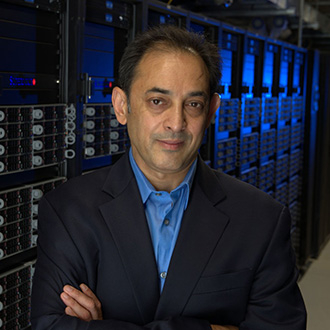 Congratulations to School of Computing professor and Scientific Computing and Imaging (SCI) Institute director, Manish Parashar, who was named one of the Association for Computing Machinery Fellows for 2020 for contributions to high-performance parallel and distributed computing and computational science.
Congratulations to School of Computing professor and Scientific Computing and Imaging (SCI) Institute director, Manish Parashar, who was named one of the Association for Computing Machinery Fellows for 2020 for contributions to high-performance parallel and distributed computing and computational science.The ACM Fellows program recognizes the top 1% of ACM Members for their outstanding accomplishments in computing and information technology and/or outstanding service to ACM and the larger computing community, according to the organization. Fellows are nominated by their peers.
SCALE MoDL: Advancing Theoretical Minimax Deep Learning: Optimization, Resilience, and Interpretability
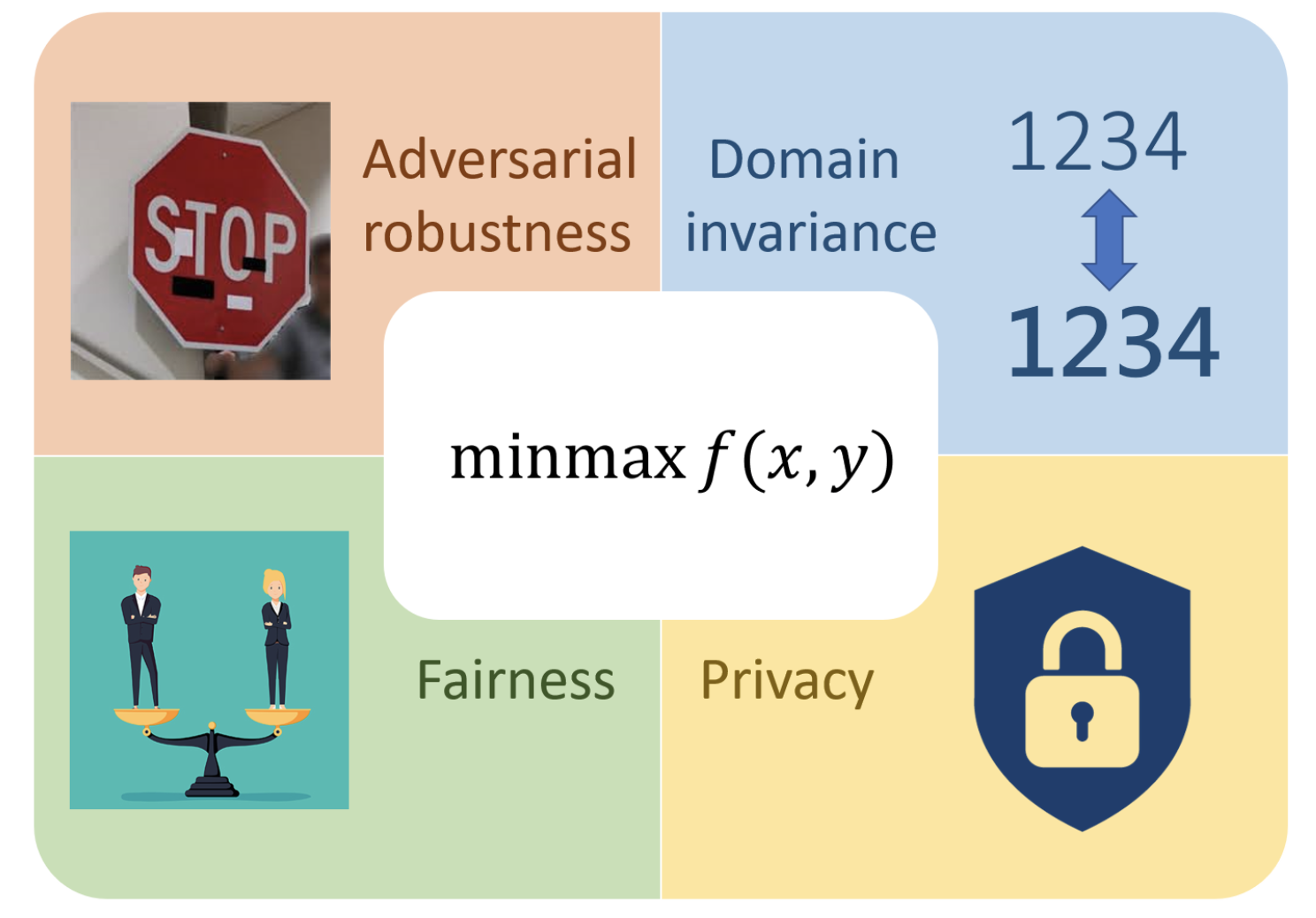 Congratulations to Bei Wang on her new NSF Award, SCALE MoDL: Advancing Theoretical Minimax Deep Learning: Optimization, Resilience, and Interpretability
Congratulations to Bei Wang on her new NSF Award, SCALE MoDL: Advancing Theoretical Minimax Deep Learning: Optimization, Resilience, and InterpretabilityThe past decade has witnessed the great success of deep learning in broad societal and commercial applications. However, conventional deep learning relies on fitting data with neural networks, which is known to produce models that lack resilience.
Conversion of Utah Coal into High-value Carbon Products Sustaining Rural Economies
 The University of Utah’s Scientific Computing and Imaging (SCI) Institute and Department of Chemical Engineering have been selected by the State of Utah to develop new data exploration and visualization capabilities, create new computer modeling tools to optimize materials, and perform laboratory-scale research on methods to support innovations focused on creating new solid carbon products made from Utah coal.
The University of Utah’s Scientific Computing and Imaging (SCI) Institute and Department of Chemical Engineering have been selected by the State of Utah to develop new data exploration and visualization capabilities, create new computer modeling tools to optimize materials, and perform laboratory-scale research on methods to support innovations focused on creating new solid carbon products made from Utah coal.
U Part of World’s Ultimate IT Team
The world’s most important scientific facilities, from the CERN Large Hadron Collider to the National Radio Astronomy Observatory, deal with massive amounts of data every day that are mined, stored, analyzed and visualized. It’s a colossal task that requires help from the top minds in data management to handle.
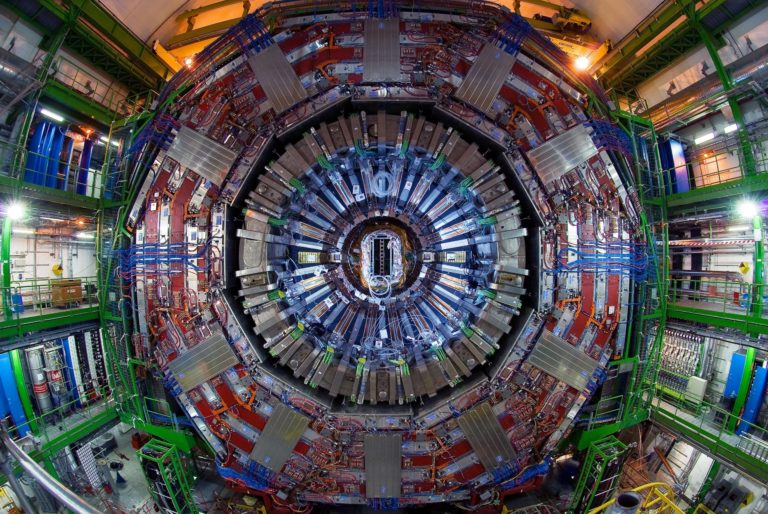 |
| The CERN Large Hadron Collider in Switzerland is one of many of the world’s most important scientific facilities and research projects that will get help from team members from the University of Utah’s School of Computing and five other universities on how to best manage their scientific data. |
So the National Science Foundation (NSF) is turning to expert computer scientists from the University of Utah’s School of Computing and five other top universities, to help these facilities and other research projects manage their data in faster and more affordable ways.
Kris Campbell wins best paper at IPMI2021
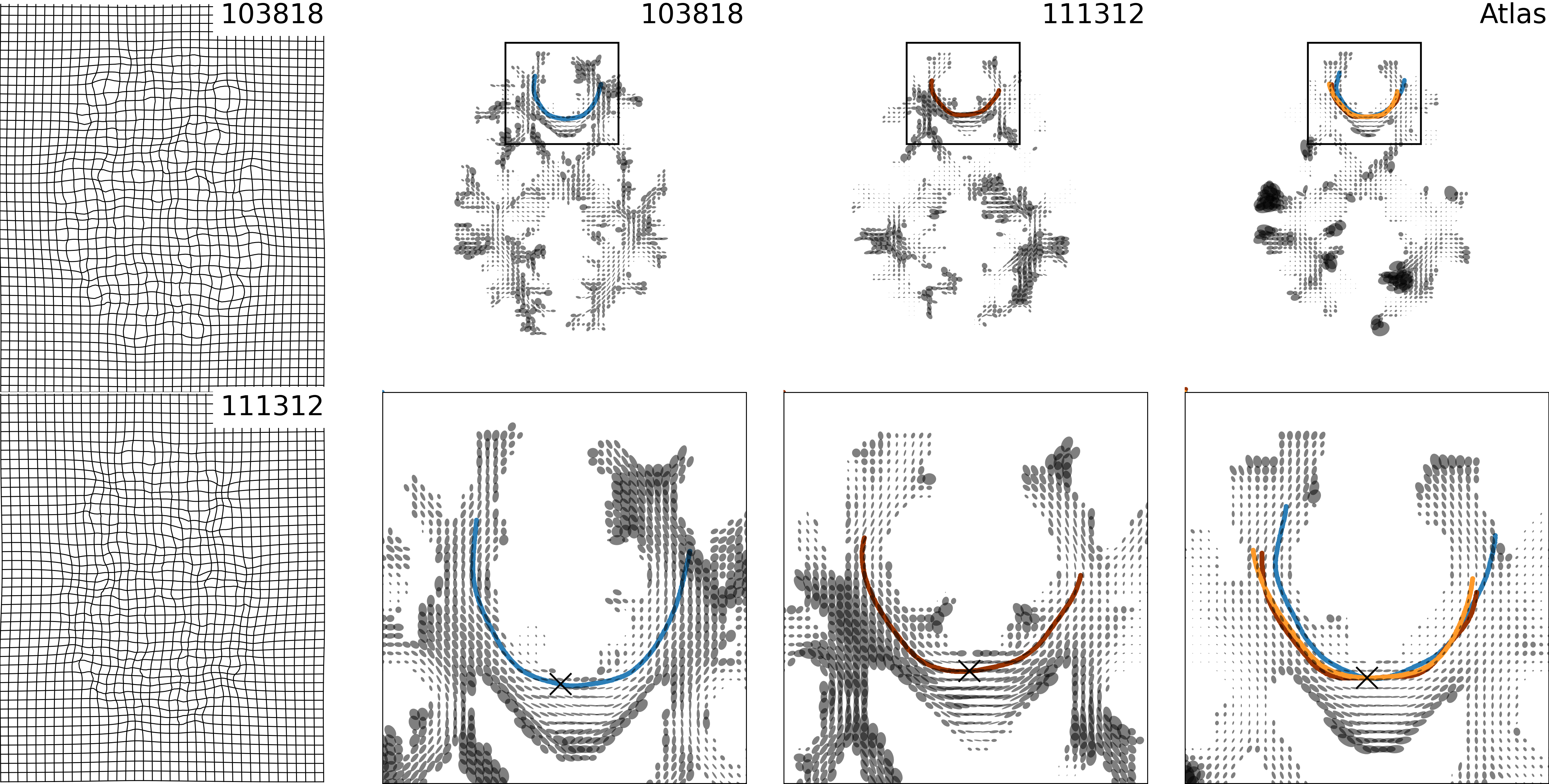 Congratulations to Kris Campbell and Sarang Joshi for winning the prestigious Erbsmann Prize (Best paper award) of IPMI2021 for the paper:
Congratulations to Kris Campbell and Sarang Joshi for winning the prestigious Erbsmann Prize (Best paper award) of IPMI2021 for the paper:"Structural Connectome Atlas Construction in the Space of Riemannian Metrics"
KM Campbell, H Dai, Z Su, M Bauer, PT Fletcher, SC Joshi
The IPMI conference series focuses on novel developments in the acquisition, formation, analysis and display of medical images. IPMI places the highest importance on high-quality submissions coupled with presentations and thorough discussions of the presented contributions.
One author, one week, two best paper awards
 Congratulations to Sudhanshu Sane who had two first authored papers receive Best Paper Awards this week! One was at the International Conference on Computational Science, where more than 650 papers were submitted this year. The Second was at the 2021 Eurographics Symposium on Parallel Graphics and Visualization (EGPGV).
Congratulations to Sudhanshu Sane who had two first authored papers receive Best Paper Awards this week! One was at the International Conference on Computational Science, where more than 650 papers were submitted this year. The Second was at the 2021 Eurographics Symposium on Parallel Graphics and Visualization (EGPGV).
Jeff Weiss Receives Distinguished Research Award
 Congratulations to Jeff Weiss for receiving the Distinguished Research Award that recognizes outstanding achievement and excellence in scholarly and creative research.
Congratulations to Jeff Weiss for receiving the Distinguished Research Award that recognizes outstanding achievement and excellence in scholarly and creative research. Professor Weiss received his bachelor’s and master’s degrees in Bioengineering at the University of California, San Diego, his doctorate in Bioengineering at the University of Utah in 1994, and completed postdoctoral training with the Applied Mechanics Group at Lawrence Livermore National Laboratory (1995-96).
OpenSpace Project Renewed for 5 More Years
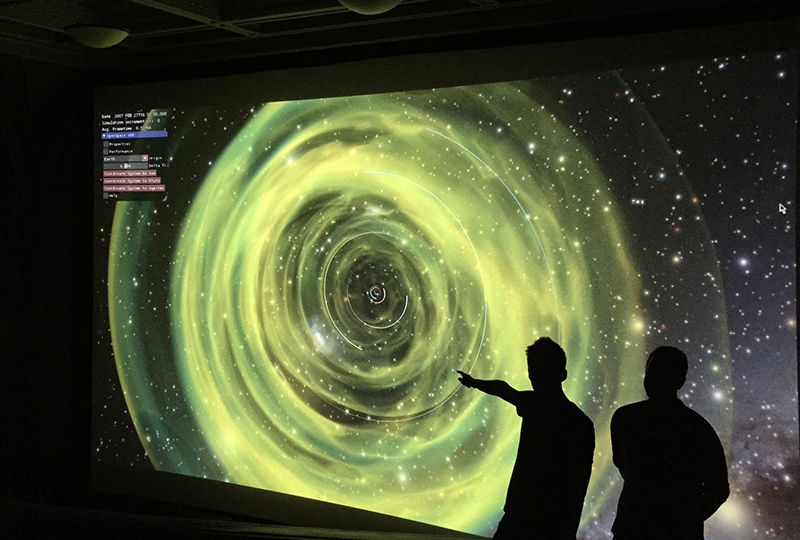
ENLIL simulation at AMNH's LeFrak theater
Former U Researcher Wins Academy Award
 If it weren’t for an important computer graphics technique seen in special effects for movies known as “ray tracing,” Spider-Man would appear as a flat, lifeless superhero, or Thanos from “The Avengers” would just be a one-dimensional super villain.
If it weren’t for an important computer graphics technique seen in special effects for movies known as “ray tracing,” Spider-Man would appear as a flat, lifeless superhero, or Thanos from “The Avengers” would just be a one-dimensional super villain.Thanks to ray tracing – a computer graphics rendering technique that allows light to interact with objects in a realistic manner – special effects in blockbuster films have an ultra-realistic look that can fool audiences into thinking they are viewing genuine objects. Ingo Wald, a pioneer in ray tracing who conducted much of his work at the University of Utah’s Scientific Computing and Imaging Institute (SCI), will receive a Scientific and Technical Academy Award Feb. 13 along with four other researchers, all of whom developed ray tracing for Intel. They include Sven Woop, Carsten Benthin, Attila T. Áfra and Manfred Ernst.




